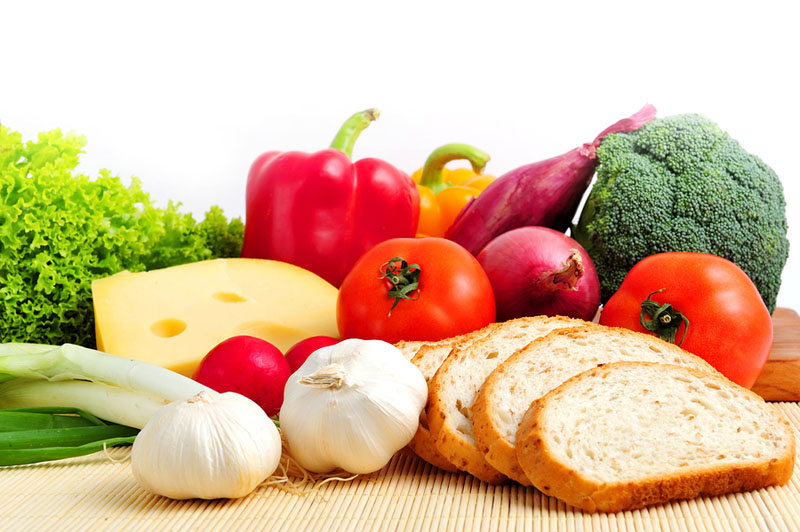Food inflation at negative 0.2 per cent
Kathmandu, March 17
The food inflation in the country as of mid-February this year remained in the negative territory in the seventh month of this fiscal thanks to significant drop in prices of food items like pulses, legumes, ghee, oil, vegetables, meat, fish and cereal grains.
According to the macroeconomic and financial situation report of the first seven months of 2016-17 published by Nepal Rastra Bank (NRB) on Thursday, food inflation stood at negative 0.2 per cent from 12.8 per cent in the corresponding period of the previous fiscal.
According to the central bank data, prices of pulses and legumes and ghee and oil dropped by 8.4 per cent each, vegetables by 5.8 per cent, meat and fish by 2.4 per cent and cereals by 0.4 per cent as compared to the corresponding period of the previous year, thereby contributing to high decline in food inflation. Similarly, price of milk products and eggs and fruits dropped by 4.6 per cent and 0.7 per cent during the review period.
Month-on-month, however, the food inflation has quickened. In the sixth month of the current fiscal, food inflation stood at a negative 0.7 per cent from 15.2 per cent in the corresponding period of the previous year.
“As a result of base price effect of previous year, improved supply situation and moderate Indian inflation, the consumer price inflation has been on continuous decline,” the NRB report states.
As per the report, consumer price inflation has moderated to 3.3 per cent in mid-February this year compared to 11.3 per cent in the corresponding period of last fiscal year.
It has to be noted that the country was reeling under acute supply shortage in the corresponding period of the previous fiscal owing to the months-long border blockade, which had caused prices of all food and non-food items to shoot through the roof.
Food retailers have cited the regular supply of food products this year and lower food price in the Indian market to the decelerating food price in the domestic market.
“India is the major supplier of food to Nepal and this year, food prices have gone down in Indian market,” said Pabitra Man Bajracharya, president of Nepal Retailers’ Association (NRA), adding that the uninterrupted supply-demand chain of food products has also contributed to low food price.
The non-food inflation in the country also relaxed to 6.1 per cent during the review period from 10.1 per cent in the corresponding period of the previous year owing to the decline in prices of clothes and footwear, housing and utilities, education, communication, transportation, among others, states the NRB report.
Meanwhile, the hilly region of the country witnessed comparatively higher rate of inflation of 5.9 per cent followed by 3.2 per cent in mountain region and three per cent in Tarai region and 1.1 per cent in the Kathmandu Valley during the review period.
For comparison, in the same period of the previous year, hilly region, mountain region, Tarai region and the Kathmandu Valley had witnessed inflation rate of 11.4 per cent, 10.5 per cent, 9.6 per cent and 14.3 per cent, respectively.
As per the NRB report, consumer price inflation in India in February this year was 3.7 per cent showing lower inflation in Nepal by 0.4 percentage point than the southern neighbour.
“This was mainly due to last year’s base price effect,” says the NRB report.
In the corresponding month of the previous year, such inflation was 5.2 per cent in India and 11.3 per cent in Nepal, reflecting a wider inflation differential of 6.1 per cent.






